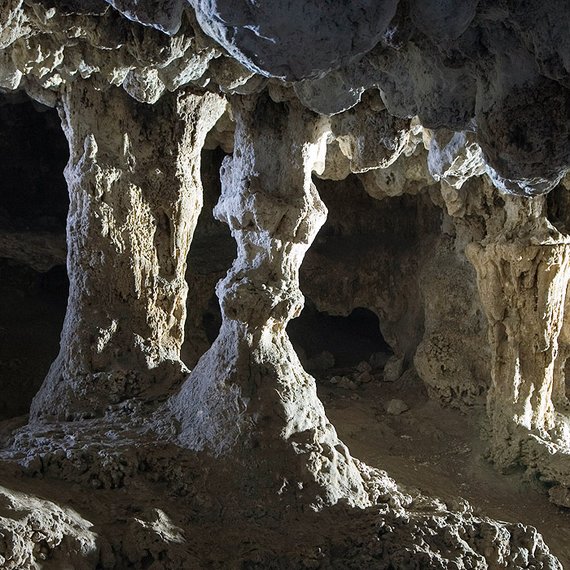Archaeological Sites & Cave Paintings – Moclín
🗿 Archaeological Sites & Cave Paintings – Moclín
The hills and valleys around Moclín have been inhabited for thousands of years. Archaeological remains, cave paintings, and fortified sites provide evidence of human settlement from the Neolithic period to the Middle Ages. The most famous prehistoric remains are the Paleolithic and Neolithic rock art panels, located in natural shelters such as Piedra de la Ventana and Cuevas de Malalmuerzo.
These sites form part of the UNESCO World Heritage listing “Rock Art of the Mediterranean Basin on the Iberian Peninsula”, recognised for their outstanding universal value as windows into early human creativity.
Key Locations
This striking limestone rock shelter, overlooking the valley, contains schematic cave paintings thought to date back to the Neolithic (approx. 4,500–3,000 BCE). The images include anthropomorphic figures, geometric motifs, and possible hunting scenes. Information panels are installed at the site to help visitors interpret the artwork. The viewpoint itself also offers sweeping views towards the Sierra Nevada and the plains of Granada.
Located near the village of Moclín, these caves are known for their prehistoric rock art and archaeological remains. Excavations have revealed evidence of habitation dating back thousands of years, with traces of Neolithic tools, pottery, and paintings. The art here is often more schematic, consisting of red ochre symbols and abstract motifs. Malalmuerzo is considered one of the most important prehistoric cave complexes in the province of Granada.
Wider Archaeological Heritage
The territory around Moclín has always been strategic. Its location on the frontier between Muslim Granada and Christian Castile during the Middle Ages left behind numerous watchtowers and defensive structures. Many of these towers, dotted across the surrounding hills, were built on sites already used since prehistoric times, making Moclín a palimpsest of human occupation.
Other archaeological finds include Roman-era remains, Iberian settlements, and medieval fortifications that complement the prehistoric legacy of the cave art.
Visiting & Etiquette
- Guided tours: Check with the Ayuntamiento de Moclín or local tourism offices; visits are sometimes arranged for groups.
- Access: Some sites are open to the public with information panels, but access to caves can be restricted for conservation.
- Please do not touch the rock art — oils and friction can cause irreparable damage.
- Stay on marked paths and respect fences or barriers.
- Bring water, sturdy footwear, and sun protection; terrain can be uneven.
Practical Tips
- Time needed: Allow 1–2 hours per site.
- Best light: Early morning and late afternoon bring out the details in the rock surfaces.
- Combine with: A visit to Moclín Castle or the Ruta del Gollizno hiking trail for a full day of history and nature.
- Local info: The town hall and cultural associations often provide maps and updates on accessibility.




